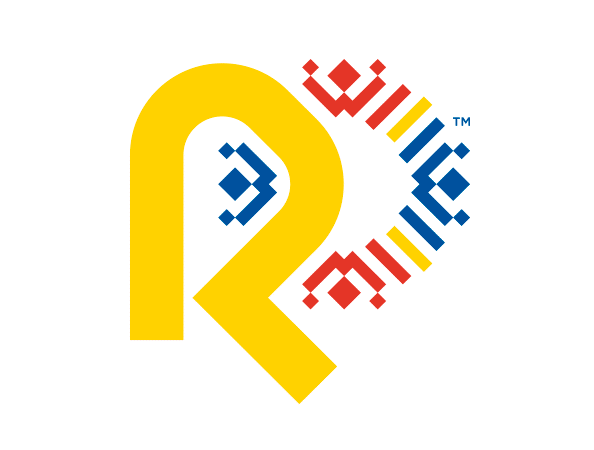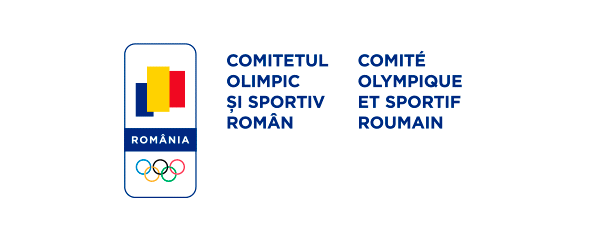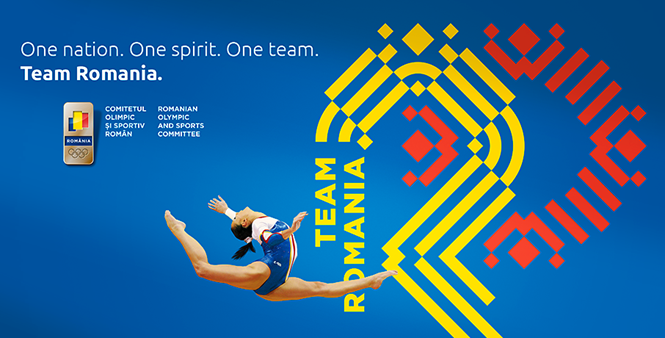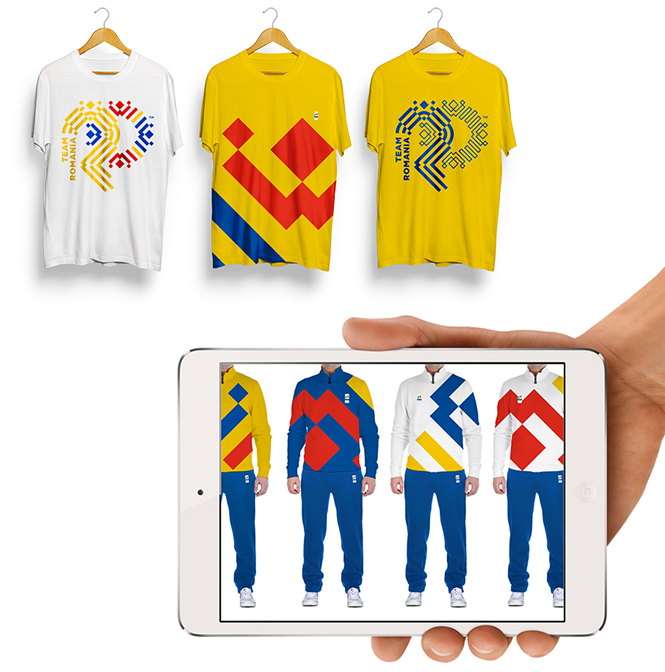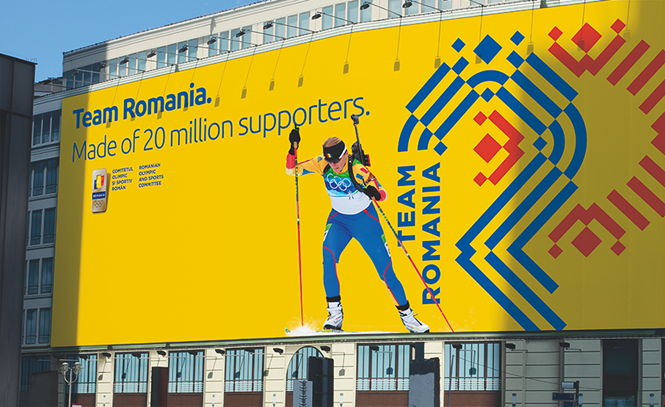Sporting Romania
In the run-up to the Rio 2016 Olympic Games, Brandient gained responsibility for a significant proportion of Romania’s national brand when it was chosen to create a visual identity for Romanian sporting institution, the Romanian Olympic and Sports Committee (COSR).
The brand is complicated by virtue of its numerous and varied stakeholders, it bears allegiance to both the Olympic Charter and the International Olympic Committee, while also representing Romania before the international sports community. Athletes, coaches, sports federations, organisations, associations, sponsors and the public are were all audiences that Brandient needed to consider.
The branding agency chose to confront this challenge with the formation of a two-part identity. While one part consists of a more corporate logo, the other aspect is a design that is quintessentially tied-up in Romanian culture and the country’s national identity. The new brand purpose is defined by the sentence, ‘One Nation, one Spirit, one Team’.
The more corporate, institutional, identity is conveyed in the new logo which will be used across official documents, stationary and other communications materials. The logo resembles both the Romanian flag and a sports podium where winners are placed. Accompanying typography reads ‘ROMANIA’. The complete logo, with a rectangular frame that resembles a sports arena, also includes the Olympic rings.
The Team Romania symbol will mainly be used across the materials and equipment of the Romanian teams at various Olympic competitions, it is designed to convey the celebratory emotion of victory. An uppercase ‘R’ intertwined with the letter ‘O’ consists of stylized Romanian traditional stitching symbols in the three national colours, the words ‘Team Romania’ make up the vertical leg of the ‘R’.
Aneta Bogdan, managing partner at Brandient, says, “Our intent was to drive the identity towards modern and universal, but also show that the seeds of modernity and universality originate from a deeply-rooted national soul.”

